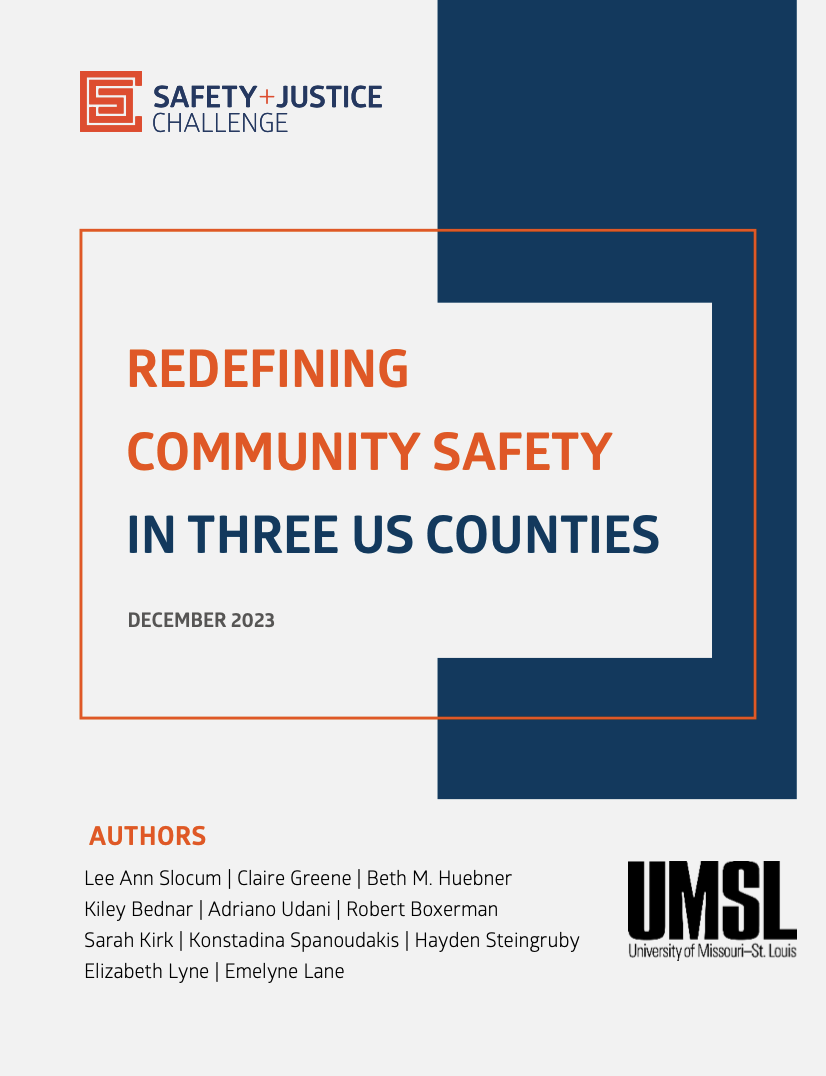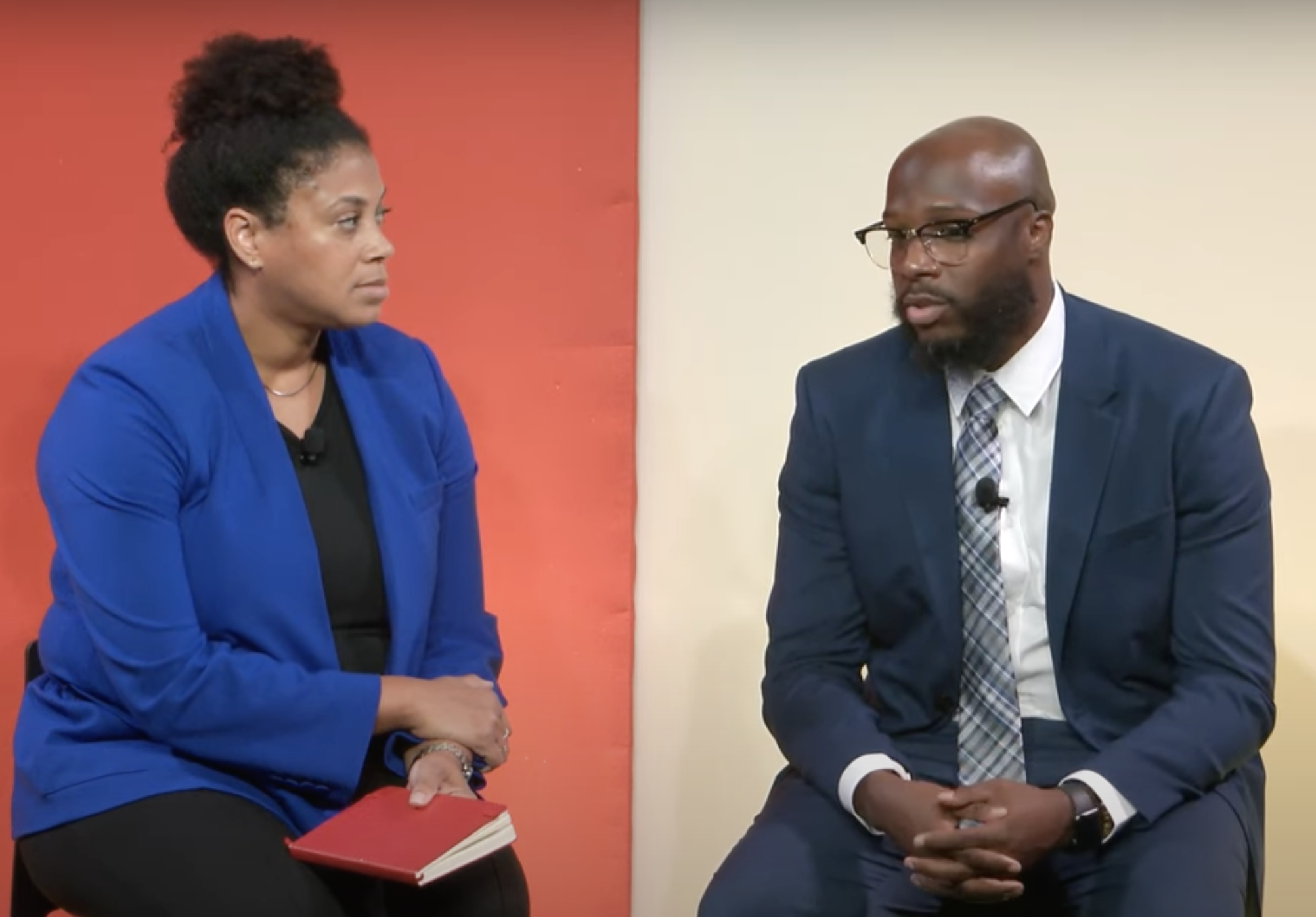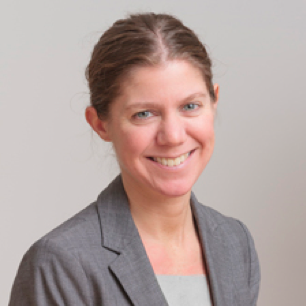Community Engagement Courts Interagency Collaboration June 6, 2024
Criminal legal reformers are increasingly adopting a more holistic conception of safety, one where the goals of reducing crime, violence, and recidivism are necessary but not sufficient. This means extending the parameters of public safety investment beyond the traditional boundaries of the criminal legal system.
A new policy brief from the Center for Justice Innovation makes the case for why investment “upstream” of justice-system involvement—investment in and tailored to communities—is criminal legal reform and promotes community safety.
Los Angeles County, for example, may have quietly rolled out the next generation of criminal legal reform. Ballot Measure J, which was approved by voters in 2020 and is now the Care First Community Investment Spending Plan (CFCI), mandates that at least 10 percent of the county’s locally-generated, unrestricted funds—estimated to be between $360 million and $900 million in the first year alone—go toward direct investment in social services and community-based alternatives to incarceration. In establishing CFCI, the county declared it “time to structurally shift…budget priorities and reimagine Los Angeles County” to “address racial injustice, over-reliance on law enforcement interventions, limited economic opportunity, health disparities, and housing instability.”
If implemented well, CFCI will serve as a vision of community safety as part of a larger push for community justice. This vision runs counter to the status quo in most cities and counties, and it requires deeper investments in community-led programs and preventative services upstream from system-involvement.
Despite the conventional wisdom that contact with the criminal legal system deters crime, research tells a more complicated story. Even fleeting system-involvement can increase a person’s future risk of an arrest. As for longer periods of confinement, a recent meta-analysis of more than a hundred research studies concludes—as a matter of “criminological fact”—that incarceration has “no effect on reoffending or slightly increase[s] it when compared with noncustodial sanctions.”
Researchers have found that the bulk of the needs driving system-involvement include the need for familial support, stable employment, educational opportunities, and strong community ties—all needs most meaningfully addressed within the community.
A recent comprehensive review of evidence-backed strategies for reducing community violence cites a shortlist of effective measures, including improvements to neighborhood environments, efforts to promote anti-violence social norms, and youth engagement programs. These kinds of upstream strategies will not look the same in every community, and there is powerful evidence to support this locally-tailored approach.
A team led by Princeton University sociologist Patrick Sharkey found that “every 10 additional organizations focusing on crime and community life in a city with 100,000 residents leads to a nine percent reduction in the murder rate, a six percent reduction in the violent crime rate, and a four percent reduction in the property crime rate.”
And then there are the cost savings. In New York City, the comptroller calculated that the cost of jailing one person for one year was a staggering $556,539. If you are imagining the good that could be done if those public sums were redirected, consider that it costs less than one-thirteenth of that amount—$42,000—to provide supportive housing with services for the same period. In establishing CFCI, Los Angeles estimated that the almost $400 million it was spending annually to house roughly 900 youth in juvenile facilities could fund a full year’s tuition for more than 30,000 in-state students at the University of California, Los Angeles.
Yet across the country, city and county governments continue to focus on shoring up responses to crime rather than minimizing the need for these responses in the first place. With few exceptions, governments at all levels allocate the lion’s share of their budgets to law enforcement agencies, shouldering them with almost exclusive responsibility for community safety—along with sizeable investments in other “downstream” agencies such as pretrial services and probation departments. Even with compelling research evidence in hand, reformers have struggled to broaden the gaze of governments to include preventative intervention as a credible and effective use of public safety dollars.
There are encouraging signs, however. The City of St. Louis recently established an Office of Violence Prevention. In Los Angeles, Mayor Karen Bass has pledged to “hold people who commit crimes accountable,” but also “to take real steps to prevent crime from happening in the first place.” She is investing in the social and economic conditions impacting families via a new Office of Community Safety. In New York City, through a range of initiatives in historically disinvested communities, the Mayor’s Office of Criminal Justice is working to “democratiz[e] public safety while removing systemic barriers that many residents have and continue to face.”
But we must go further. In pursuit of lasting impact, reformers—and their counterparts in government and philanthropy—must swim upstream toward the waters of community-led innovation. Does this approach to reform make the work more complex and less conducive to easy replication? Does it shift considerable power from system actors to community members? Will it change the world for the better? Yes, yes, and yes.










